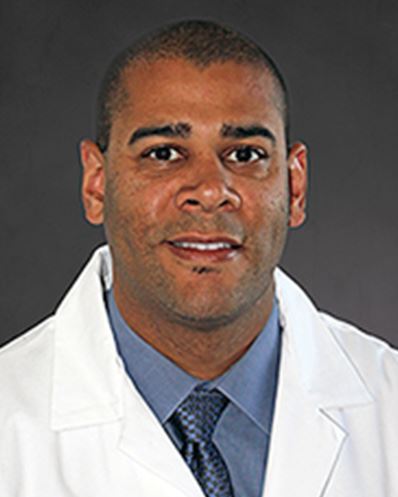Understanding Hernia Repair

 A hernia is a hole or defect in the abdominal wall. The actual defect is not in the muscle but in the fascia, the thin casing of connective tissue that holds our muscles and organs in place. Surgery is the only effective treatment for hernia. People sometimes delay surgery for small, asymptomatic hernias. Surgery is necessary for small hernias that cause pain and discomfort and larger hernias that impact the strength and integrity of the abdominal wall. If tissue becomes stuck in a hernia, this is known as a “strangulated hernia.” Strangulated fat tissue can cause discomfort, but it is not life-threatening. A strangulated intestine, however, requires immediate emergency surgery.
A hernia is a hole or defect in the abdominal wall. The actual defect is not in the muscle but in the fascia, the thin casing of connective tissue that holds our muscles and organs in place. Surgery is the only effective treatment for hernia. People sometimes delay surgery for small, asymptomatic hernias. Surgery is necessary for small hernias that cause pain and discomfort and larger hernias that impact the strength and integrity of the abdominal wall. If tissue becomes stuck in a hernia, this is known as a “strangulated hernia.” Strangulated fat tissue can cause discomfort, but it is not life-threatening. A strangulated intestine, however, requires immediate emergency surgery.
There are several types of hernias, but the most common are umbilical, (behind the belly button), and inguinal, located in the groin area, or the scrotum in men. Some risk factors for developing or aggravating a hernia include obesity, heavy lifting, chronic constipation, smoking, and chronic coughing. Pregnancy can exacerbate smaller hernias.
Hernia repair can be performed as open surgery or minimally invasively either laparoscopically or robotically. The approach depends on the size of the hernia, the physician’s recommendation, and the patient’s preferences. The procedure involves sewing the torn fascia back together and, often, strengthening the repair with a patch of surgical mesh, using sutures, tacks, or surgical glue. Over time, tissue grows into the holes in the mesh, strengthening the site of the hernia. For hernias smaller than one centimeter, mesh is often not needed. Without mesh, a hernia of two centimeters or more has a higher recurrence rate. All the types of surgical mesh in use today are safe, reliable, and well-tolerated.
Both laparoscopic and robotic surgery can be used to repair an umbilical hernia. Compared to laparoscopy, which uses one high-definition camera, the robot uses two, with 10 times the visual acuity, plus 3D imaging. The “wristed” robotic arms can move in seven different directions, allowing for exceptional surgical accuracy. For inguinal hernias, traditional open repair can be just as effective as laparoscopic or robotic surgery.
Hernia surgery is performed in a hospital such as MarinHealth® Medical Center or surgical center. A broad spectrum of anesthesia can be used, depending on the type of procedure. Unless the hernia is very large and involves reconstruction, or the procedure was a medical emergency due to a strangulated intestine, most patients can go home the same day.

